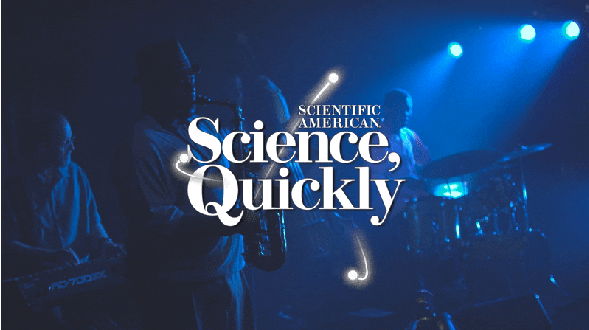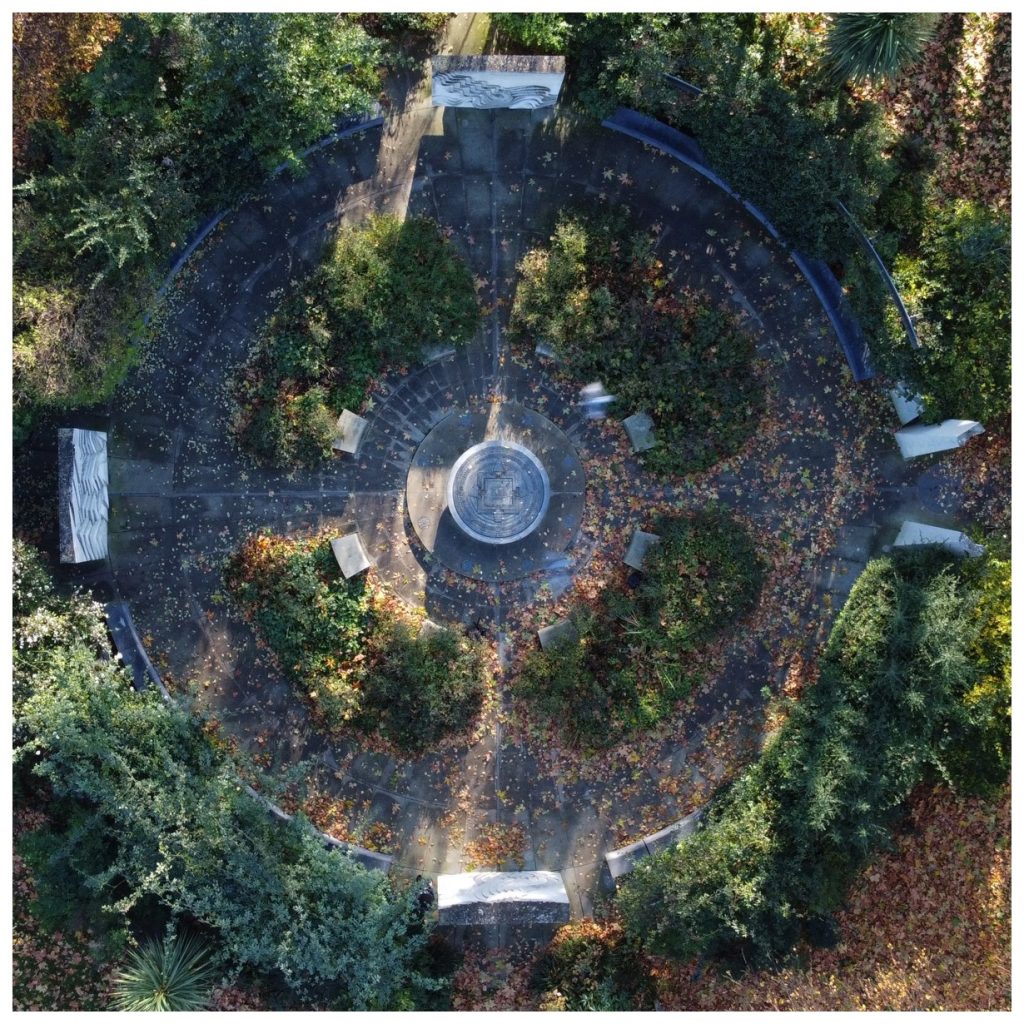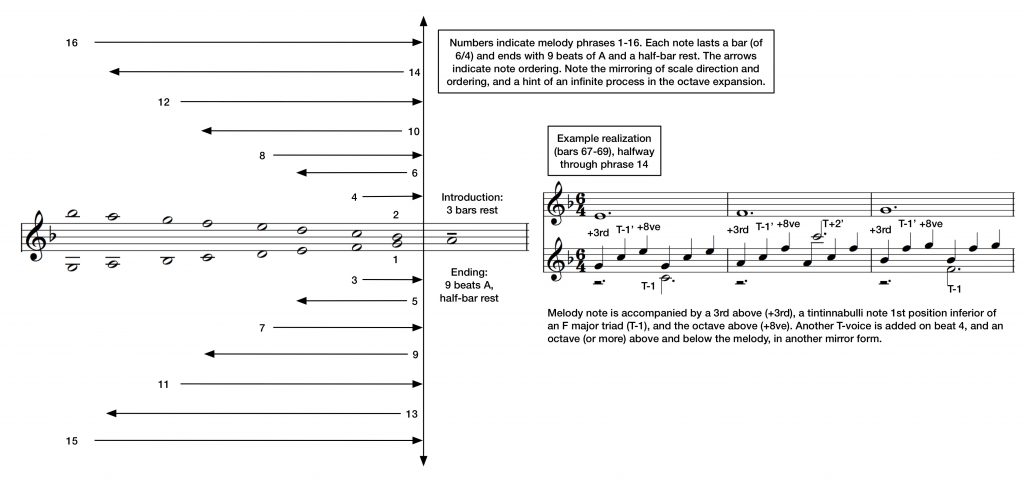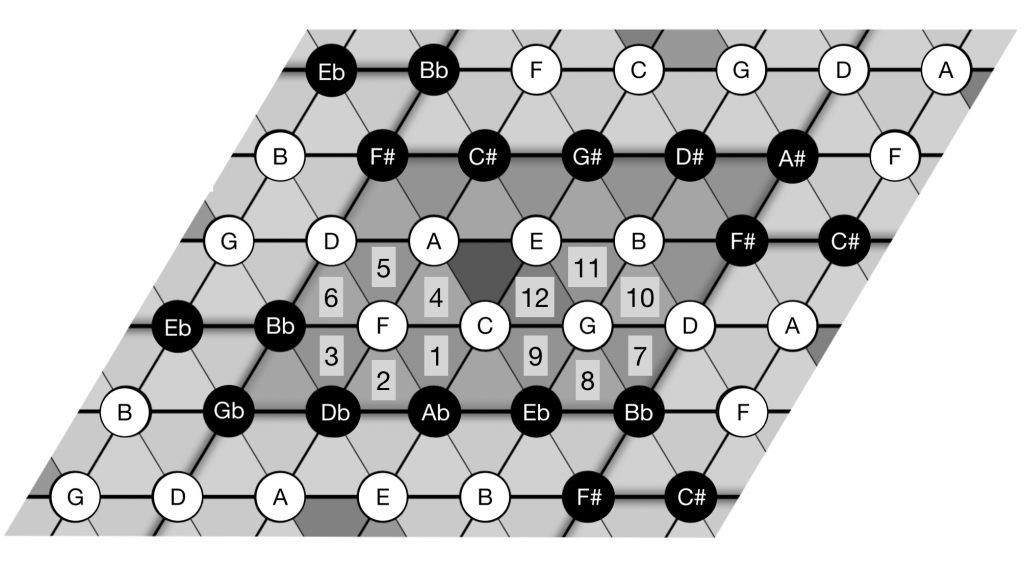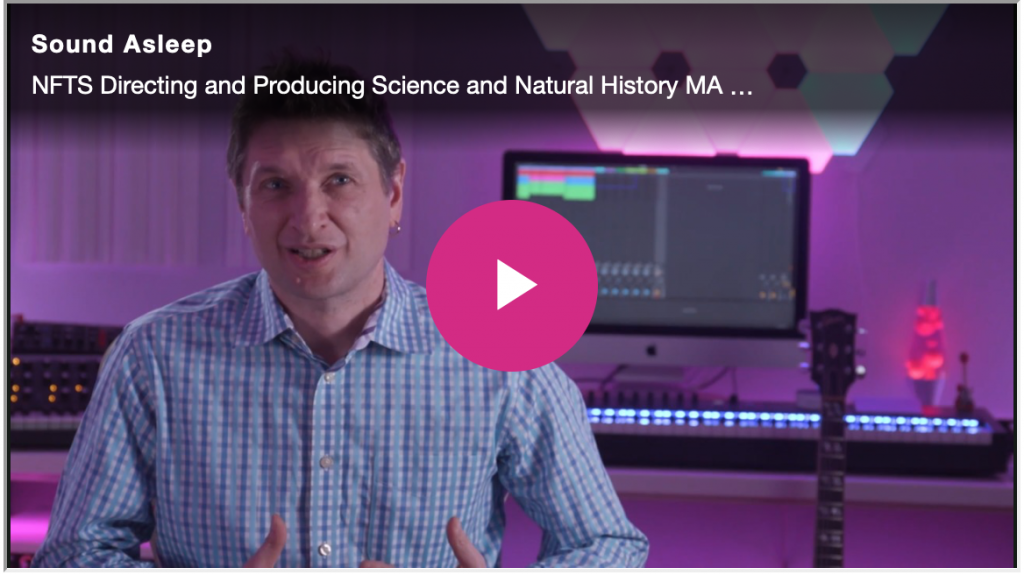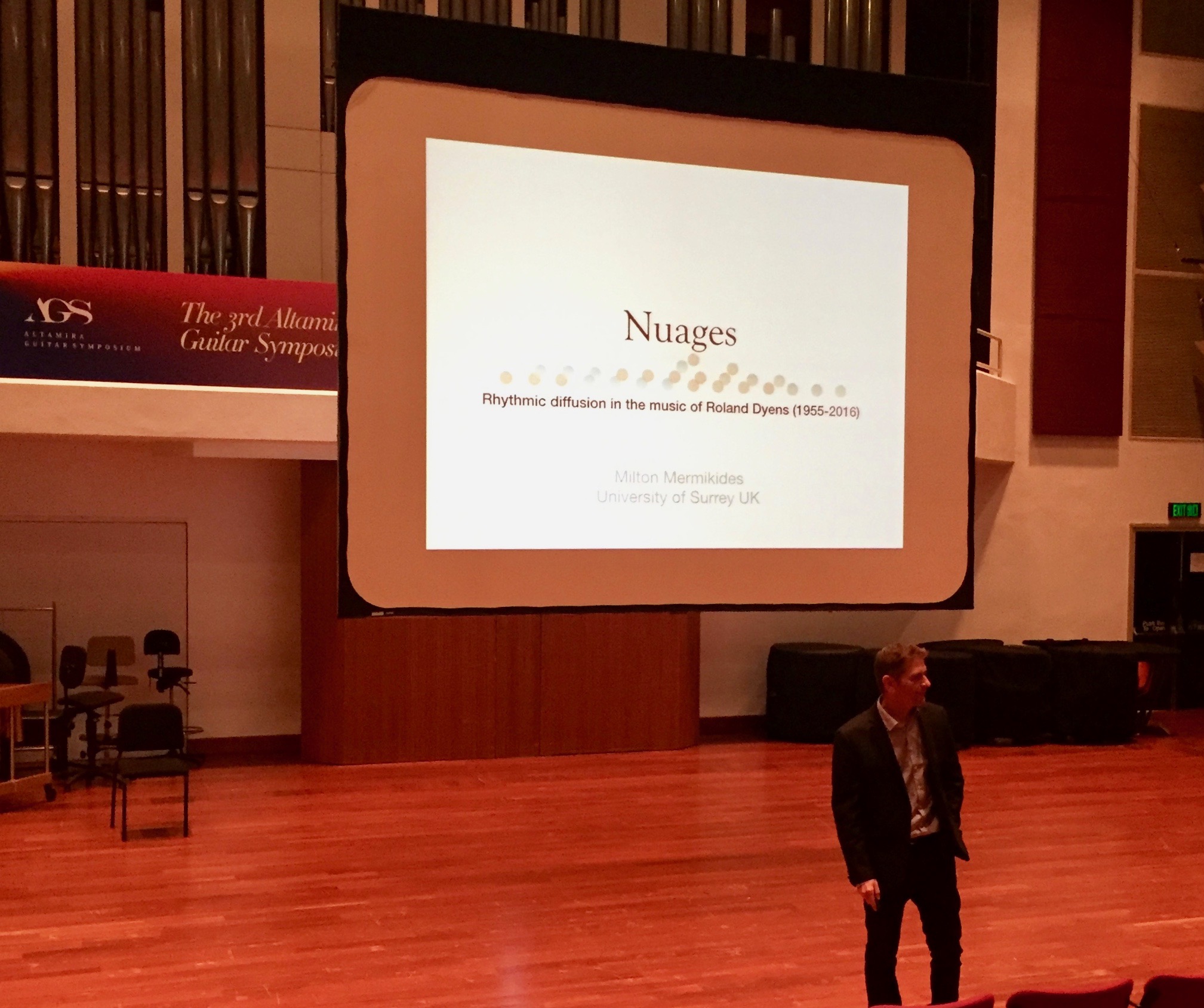Great to be involved in this Scientific American podcast episode unpacking micro-timing expression (‘swing’, ‘time-feel’ etc) with the brilliant Nina Kraus, Theo Geisel and Charles Keil. Thanks to host Joe Polidoro.
Category: Research
Release of Perks & McGrath edited collection of contemporary guitar research. A wonderful project to be involved with (contributing a chapter on ‘The Digital Fretboard) and design the cover)

In the 21st Century, the guitar, as both a material object and tool for artistic expression, continues to be reimagined and reinvented. From simple adaptations or modifications made by performers themselves, to custom-made instruments commissioned to fulfil specific functions, to the mass production of new lines of commercially available instruments, the extant and emergent forms of this much-loved musical instrument vary perhaps more than ever before. As guitars sporting multiple necks, a greater number of strings, and additional frets become increasingly common, so too do those with reduced registers, fewer strings, and fretless fingerboards. Furthermore, as we approach the mark of the first quarter-century, the role of technology in relation to the guitar’s protean nature is proving key, from the use of external effects units to synergies with computers and AR headsets. Such wide-ranging evolutions and augmentations of the guitar reflect the advancing creative and expressive needs of the modern guitarist and offer myriad new affordances.
21st Century Guitar examines the diverse physical manifestations of the guitar across the modern performative landscape through a series of essays and interviews. Academics, performers and dual-practitioners provide significant insights into the rich array of guitar-based performance practices emerging and thriving in this century, inviting a reassessment of the guitar’s identity, physicality and sound-creating possibilities.
https://www.bloomsbury.com/uk/21st-century-guitar-9781501373305/
“Hidden music” is a talk given in the interdisciplinary seminar series on Eudaimonia and Human Flourishing on 24.05.2022 at Linacre College, Oxford University. The talk is in two conceptual halves: The nature of music and the music of nature. For info and to watch the talk click below.
IGRC22
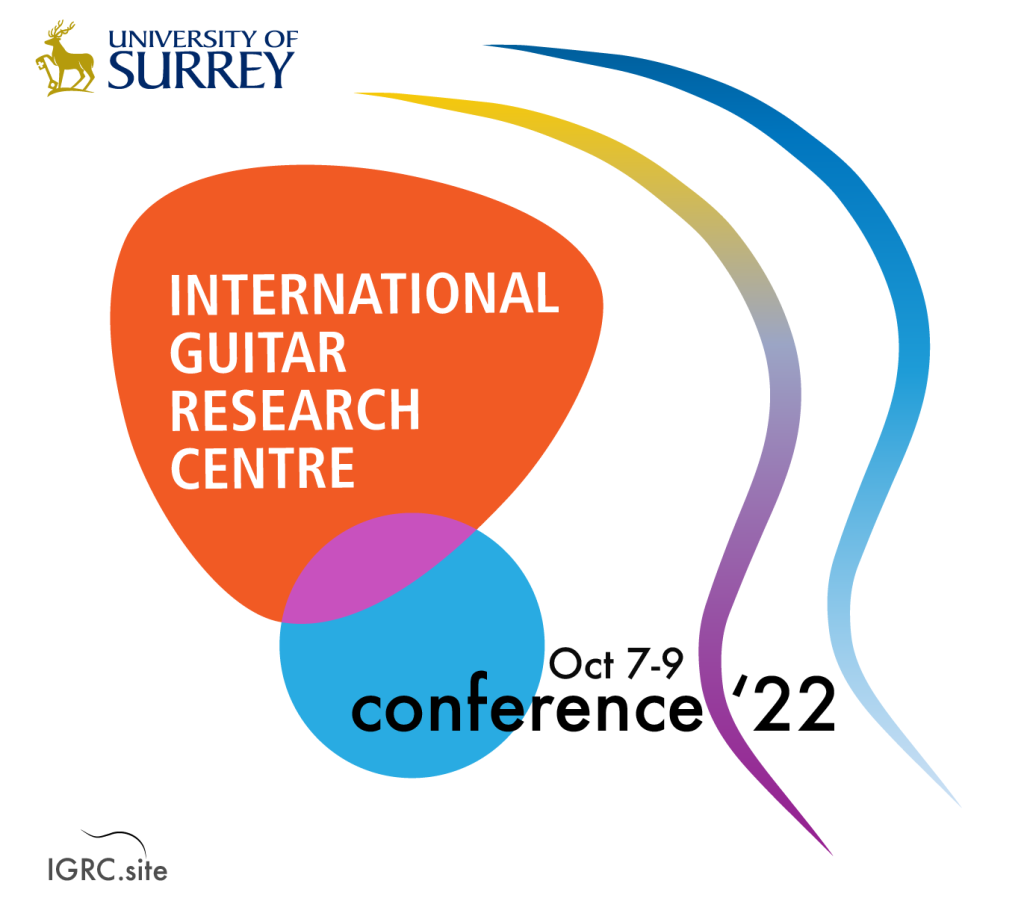
The IGRC are delighted to announce the International Guitar Research Centre Conference 7th to 9th October 2022
REGISTER HERE
For information: http://IGRC.site/IGRC22
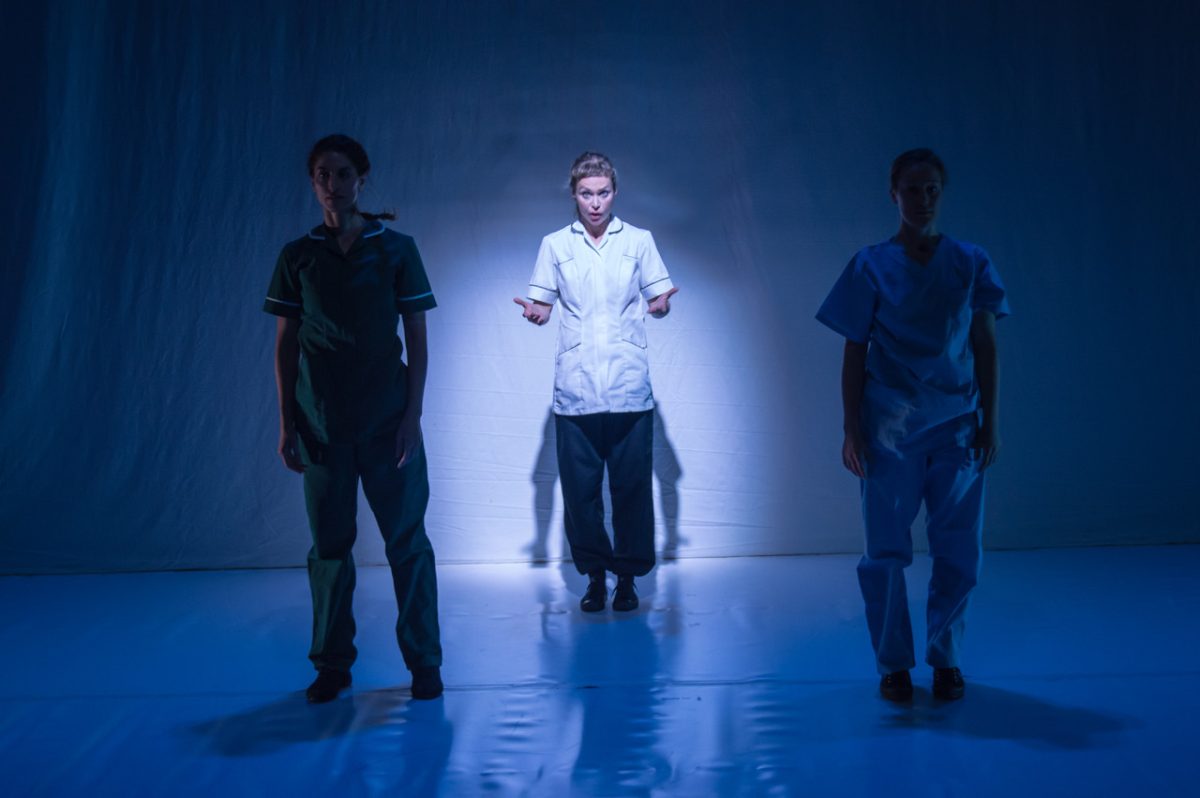
‘Taking Care’: supporting and recognising nurses’ caring role
GSMD article
UK nursing trainees are better prepared to deliver patient-centred care as a result of ‘Taking Care’, a mixed-methods drama research project undertaken by researchers at the Guildhall School of Music & Drama and Kingston University. This joint project was awarded the highest possible grade in the 2021 Research Excellence Framework.
The project was led by former Doctoral Programme Leader, Dr Alex Mermikides, who was inspired by the nurses she met when her brother Milton was treated for acute lymphoblastic leukaemia – a serious type of blood cancer. Taking Care addresses two challenges facing nurse educators: teaching the sensitive and effective communication of ‘care’ and preparing students for the demanding emotional labour required by their profession. The huge physical and emotional toll nursing can take on staff has been bought into sharp focus over the past two years, but the nursing curriculum hasn’t traditionally taught trainees how to ‘care’ for patients without compromising their own emotional wellbeing.
Mermikides’ ensemble created an interactive drama, Careful, following a collaborative research process with performers and trainee nurses. The process of devising Careful revealed that ‘care’ can be understood as a skilled practice rather than an inherent virtue. The feedback from students on the workshops and performances has been overwhelmingly positive and has led to the materials being rolled out to other nursing schools across the country. As student nurse Michal Kaim reflected in The Guardian, ‘elevating nursing to the level of art gave me another reason to be proud of the choice I have made to become one’. The full performance of Careful can be viewed online.
Keynote Lecture for the World Sleep Congress in Rome, Italy March 2022, examining the use of sonification to communicate and reveal the inner experience of sleep.
A shamefully/lessly nerdy exploration of the guitar fretboard, its nature, language and futures. Adapted from my keynote lecture at the 2022 Guitar Foundation of America conference.
It’s privilege to present the Keynote for the Guitar Foundation of America convention this year.

The event runs June 26, 2022,5 PM – 9:30 PM UTC+01 on Zoom (register to join)You are warmly invited to join us for a series of discussions with scholars from Brazil, the United States, Switzerland, and England. Attendees will have the opportunity to speak informally with the presenters or simply listen. Registration is required. Abstract below:
Diamonds, Abaci, and Hexagrams: Exploring the Pitch Surface of the Guitar Fretboard
In this presentation, I will analyze the idiosyncrasies, challenges, limits, and affordances of the guitar’s “pitch surface”: its fretboard and tuning. Whatever the context—staff notation, music theory, improvisation, performance, and other arenas of guitar activity—the layout of the fretboard exerts a profound influence on how guitarists learn, play, and compose. Inspired by De Souza, Goodrick, and Martino, I will also explore the benefits of creative constraints: scordatura, capo, MIDI tools, and other ways of remapping the guitar’s pitch matrix. These constraints can be used to break the guitarist’s tight auditory-motor link, revitalizing the fretboard as a primary musical space and insightful musical “abacus.”
A collaboration with Enzo de Sena (Senior Lecturer on the Tonmeister programme, University of Surrey), Deborah Dunn-Walters, Sarah Bailey and Nils Marggraf – sonifying kinship DNA and recognising familial relationships as shared motivic content. A documentary produced in collaboration with University of Surrey was aired on Italy’s Rai 3 flagship science programme Quinta Dimensione (viewership ≈886,000). Segment below.
May 24th 2022 2pm, a lecture for staff, students and public Oxford University’s wonderful new Centre for Eudaimonia and Human Flourishing. Directed by Prof Morten Kringelbach “The Centre undertakes interdisciplinary research into Human Flourishing, Eudaimonia and the Life Well-Lived with a special focus on human brain dynamics through its link with the Department of Psychiatry, University of Oxford and Center for Music in the Brain, Aarhus University, Denmark.”
The talk Hidden Music: Sonic translations of Nature will explore music as a tool for listening, and understanding patterns of the natural world, blurring the boundaries between people and the ‘outside world’, and ‘art’ and science. It will take place in the Pink Seminar Room in Linacre College and streamed online. Details here.
The Sound Asleep project was presented with Professor Debra Skene in the World Sleep Congress on March 11 2022, Rome, Italy,

World Sleep 2022 is a global scientific congress bringing the best of sleep medicine and research to Rome, Italy, March 11–16, 2022. The World Sleep congress, now in its 16th iteration, consistently gathers the best minds in sleep medicine and research for multiple days of scientific sessions and networking.
Sound Asleep has now been presented at British Sleep Society, European Sleep Research Conference and World Sleep Congress engaging with hundreds of members of the International Sleep Community.
A live video presentation at the fantastic 21st Century Guitar Conference “in” Lisbon, March 2021, hosted by the wonderful Amy Brandon and Rita Torres. ‘Digital Self-Sabotage’ explores we guitarists’ deep and twisted engagement with the fretboard, and how technology can expand and disrupt this bond for learning and insight.
Soundboard Scholar (No.6) features my paper. “Monitored Freedom: Swing Rhythm in the Jazz Arrangements of Roland Dyens” examines the time-feel in the performances and scores of Roland Dyens, in particular reference to his arrangement of Nuages – and Django’s performances of this piece. Working with the genius Jonathan Leathwood is always a privilege and joy, and I am very grateful that my illustration is used as the cover image to the journal. Available here.
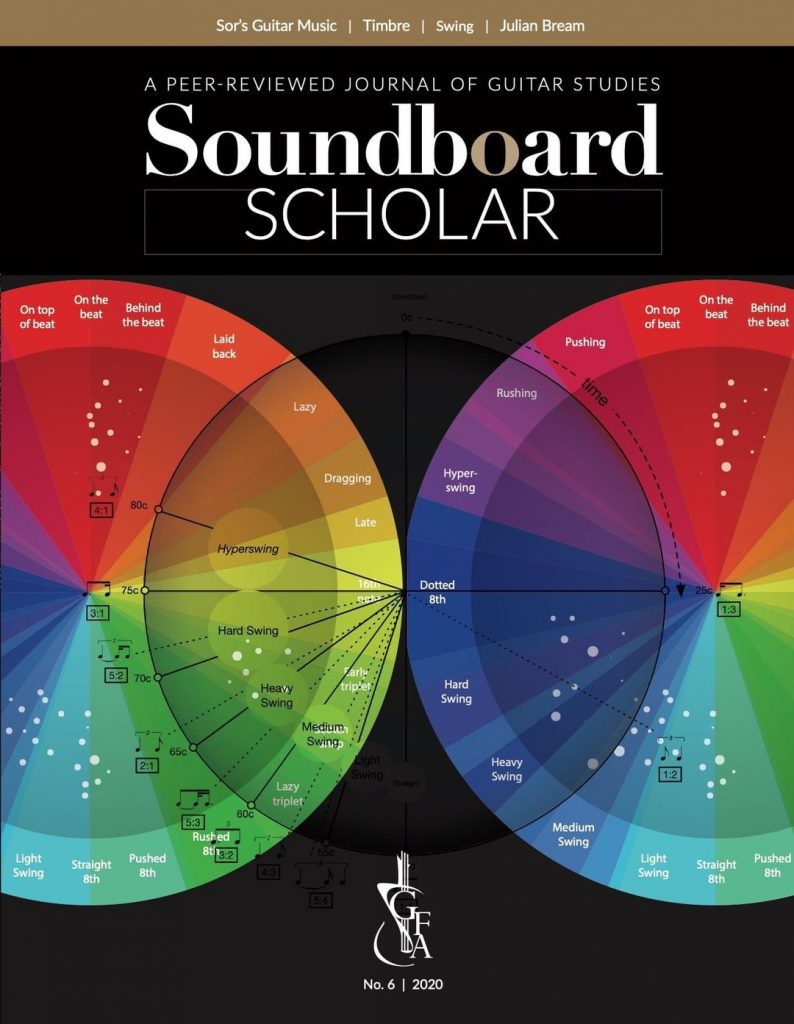
Papers available: J. Weinel, J.P. Bowen, G. Diprose, and N. Lambert (eds.) EVA London 2020: Electronic Visualisation & the Arts. Proceedings of a conference to be held online in November. BCS, The Chartered Institute for IT, 2020. ISBN 978-1-78017-538-6.
Papers online. Published online via ScienceOpen by the BCS: The Chartered Institute for IT, in the series: Electronic Workshops in Computing (eWiC) Electronic Visualisation and the Arts (EVA 2020). DOI 10.14236/ewic/EVA2020.0 – see also DBLP access.
Pleasing to see my ‘postcard’ analyses of Arvo Pärt’s Beatitudes and Spiegel Im Spiegel published in Andrew Shenton’s fine new work Arvo Pärt’s Resonant Texts (Cambridge University Press).
Here they are without explanation.

I’ll be keynote speaker-erm-ing at the Royal Asociety of Medicine on Tuesday 4th September at the Royal Society of Medicine, London.
More details here and at the link above:
Join us as we explore the links between sleep, sleep disorders and all forms of art, literature, and music including modern digital media.
We will look at the effect of music in the sleeping brain, the portrayal of sleep and sleep disorders within works of art, the perils and pleasures of sleep apps and their effect on the public perception of sleep and the literature of dreams.
You will learn to:
- Understand public perception of sleep and sleep disorders and the role that the arts play
- The effect of specific musical frequencies upon the sleeping brain
- The impact of modern digital media upon sleep and circadian rhythm
- The portrayal of sleep and dream within art, literature, and film
Sound Asleep was filmed by Jake Davison, Kate Wallace, Josephine Hannon and Megan Brown. They interviewed Professor Morten Kringelbach, a neuroscientist at the University of Oxford, and Professor Milton Mermikides, a composer guitarist and music theorist.
Jake explains: “The film is about the discovery of newly described changes in brain activity during sleep by Professor Kringelbach and his team, and how conversion of these findings to music could provide a useful diagnostic tool and possibly a therapeutic for sleep disorder treatment. We decided to cover this story because, in the age of smartphones, tablets and a 24/7 world, the quality of our sleep is decreasing and its importance is often overlooked. This new model of sleep brain activity developed by Professor Kringelbach and his team, as well as his collaboration with Professor Milton Mermikides to produce musical compositions from this data, will help us understand the mechanism of sleep better and therefore allow us to improve our own sleep. Both the ground-breaking nature of this research and the unorthodox method of utilising music to potentially unlock more discoveries seemed intriguing to us and something that needed to be heard about
A collaboration with Professor Morten Kringelbach, producing music based on his team’s research into the transitional networks involved during sleep is featured on BBC Radio 4’s weekly science podcase Inside Science and broadcast 28/3/19 at 16:30 and 21:00. Catch up here to listen And here for the wonderful research paper “Discovery of key whole-brain transitions and dynamics during human wakefulness and non-REM sleep” (Nature Comms)
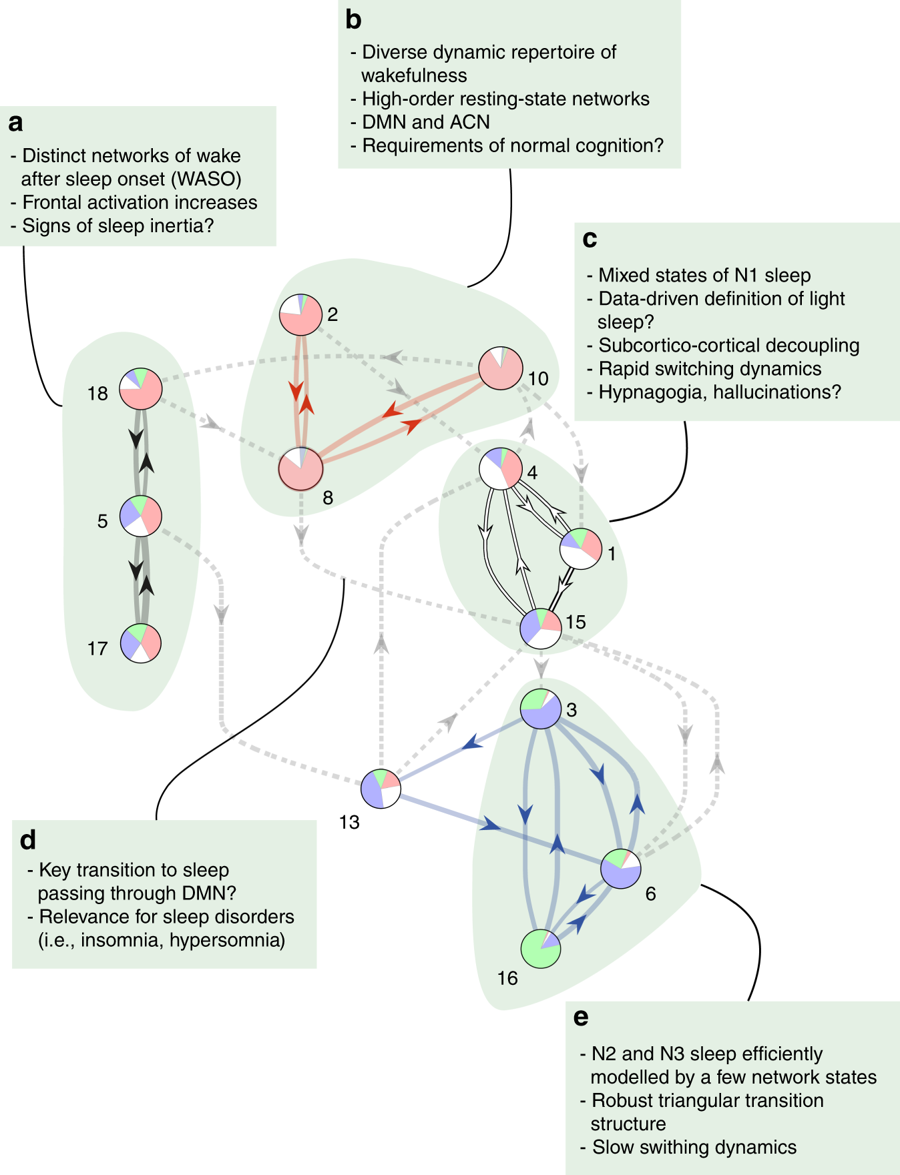
A lovely discussion with BBC Studio Manager (and Radiophonic scholar) Jo Langton and presenter Tom Service on Radio 3’s Hidden Voices series on Music Matters. Kathleen Schlesinger’s The Greek Aulos, Ancient Greek Modes, microtonality, the work of Elsie Hamilton and its legacy today.
An incredible experience providing the keynote presentation at the Hong Kong Academy of the Performing Arts as part of the 3rd Altamira Guitar Symposium and International Guitar Research Conference. The paper Nuages: Rhythmic Diffusion in the music of Roland Dyens explores the extraordinary rhythmic sensibilities of the recently departed guitarist/composer, and was an honour to be given the opportunity for such a tribute, in such an amazing venue among such company.
Very satisfying to receive this series of books from OUP at long last. Very pretty looking academic books, if you can believe that. My chapter with Eugene looks quite cool including all those brain bending Coltrane Cubes, M-Space and improvisational fields.
Available here
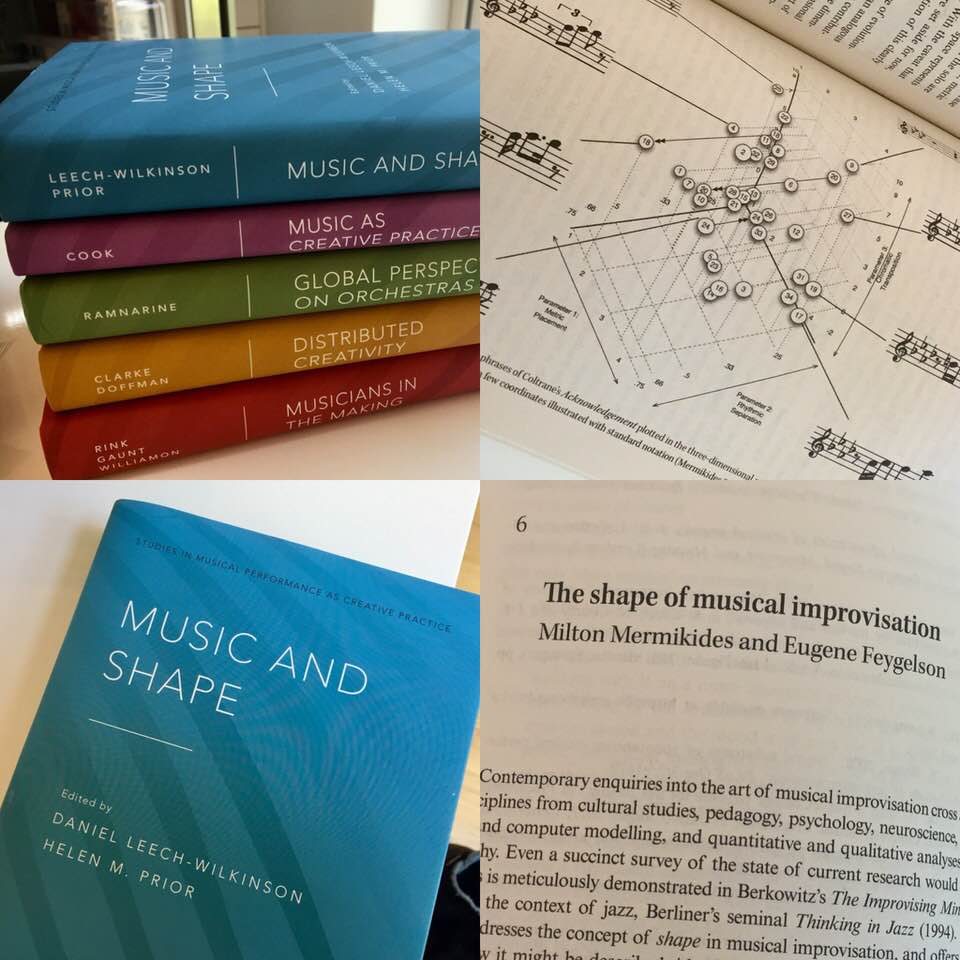
On Friday 23rd March, I’ll be giving an Ableton-hosted workshop at the CCA, Glasgow on Breaking 4/4 – rhythmic shenanigans galore.
Booking here and details below.
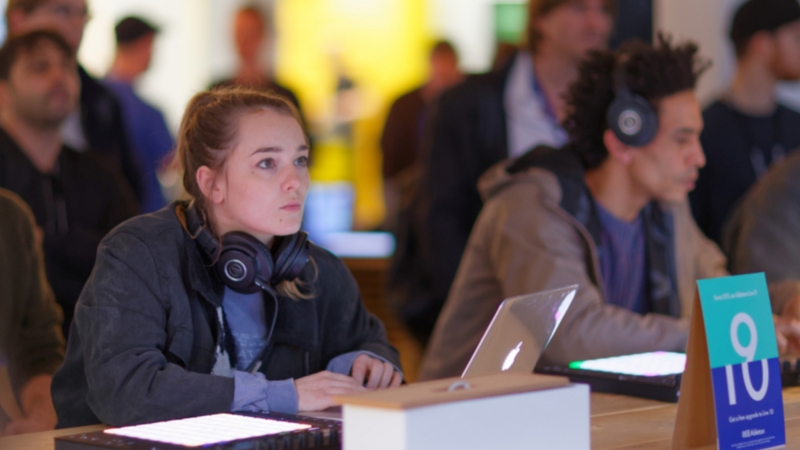
Renowned TedX Groningen and Ableton Loop keynote speaker, Dr Milton Mermikides and Ableton Certified Trainer Phelan Kane take a look at some less than conventional ways to generate rhythms and sound. Using Live and custom Max for Live devices, this workshop introduces a range of tools and methods to break out of standard repetitive cycles of electronic music composition. Through a series of exercises using custom-built Max for Live devices, they’ll explore Euclidean sequencers, odd meter, micro timing, hypermeter, swing and latency, with the aim of unleashing your creativity and exploring uncharted territory beyond the standard 4/4 landscape.
Does practice really make perfect or do musicians need a special innate ability to succeed? Neuroscientist Vin Walsh joins psychologist Lauren Stewart, music teacher and researcher Adam Ockelford, and composer and guitarist Milton Mermikides to discuss musicality, whether you can teach musicianship, and why some of us are more drawn to making music than others.
Tue 6 Jun 2017 8:30pm – 9:30pm
Cheltenham Science Festival
Parabola Arts Centre, Cheltenham Ladies’ College £8 plus transaction fee
http://www.cheltenhamfestivals.com/science/whats-on/grid
Looking forward to being part of this panel discussion (click for tickets and info)
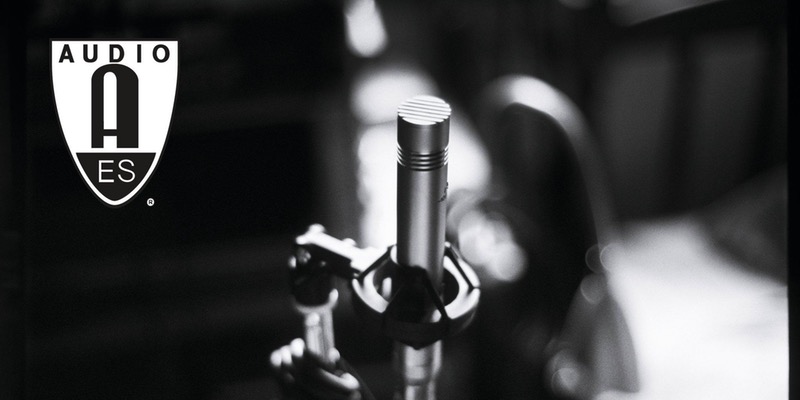
The first event in a series, the AES London Committee present a discussion exploring the relationship between creativity and technology. Chaired by Phelan Kane (Chair of the AES London Regional Committee), the aim is to create a dynamic forum that features free flowing discussion and debate with contribution from panel and audience members alike.
The purpose of this evening is to explore the relationship between technology and creativity within the landscape of modern audio practice. What form does this relationship take? How do modern audio practitioners use technology creatively within their everyday practice and what role does the technology play? How important is the creative output of practitioners within the development of new audio paradigms? How is R&D influenced by current creative workflow trends? Does the realisation of R&D lead to new creative workflows and to what extent do creative workflows influence the R&D process?
Confirmed Panel Members:
- Mandy Parnell – Mastering Engineer
- Justin Paterson – Associate Professor of Music Technology, London College of Music, University of West London
- Sarah Yule – Director of Channel Sales, ROLI
- Milton Mermikides – Head of Composition & MMus Programme Director, University of Surrey
- Justin Fraser – Producer / Engineer, Avid Certified Master Instructor
Swing friction is a term I coined in my PhD thesis and is defined as the differential of swing values between individual performers (or groups of performers). If the swing friction is significantly large and consistently maintained, it may form a characteristic of ensemble feel.
Chuck Berry’s Johnny B. Goode (Berry 1958) provides an instructive example of swing friction. Berry, often considered the father of rock n’ roll, was instrumental in ‘straightening out’ the blues 12/8 shuffle rhythm into the archetypal electric guitar riff. Johnny B. Goode features this ‘straight 8th’ guitar rhythm, as well as equally straight lead playing juxtaposed with a stubbornly bouncy drum, bass and piano feel. Heavily swung quaver values occur in the ride cymbal pattern, often near the 67% mark, a significant deviation of over 52ms from the straight quaver at 170bpm. The guitar rhythm part however remains resolutely straight rarely venturing beyond 52% swing. This already large 15% discrepancy of swing value is exaggerated with the guitar part often sitting on top of the beat (ranging between 0% and -4% latency) leading to a mean separation of about 17% (≈60ms). The lead guitar is equally straight, although not pushed, and occasionally falling behind the beat. Piano interjections are loose but quavers are generally quite swung, mainly in the 60-67% range and repeated quaver triplets prevail. The bass plays mainly crotchets, with the occasional quaver (usually ≈67%). A representative extract from the track can be heard here:
Figure 1 shows a composite two bar template for the lead, rhythm, bass and drum parts, with time-feel components added. There is a huge gap between the swing values of the guitars and bass and drums. The vocal track tends to fall in between these two extremes. In order to hear the effect of swing friction, This example contains electronic sequences of this section with varying time-feel values: 1) as from Figure 1, 2) all instruments at 67% 3) all at 52% 4) all at a middle ground of 60% and 5) back to the ‘true’ values for comparison.

Figure 1. Composite swing and latency values for guitars, bass and drums in Johnny B. Goode.
The sequences have been rendered with MIDI instruments on purpose; although the section would sound better with human performers, but the elimination of the inflection they would inevitably provide allows focus on the power – and limitations – of the SLW model. Mean values for swing and latency have been provided, but the standard deviations of these values introduce the component of looseness or tightness, again different between players. Weighting elements also occur, (the cymbal has a slight emphasis on offbeat quavers for example,) with both mean and standard deviations). This extract plays the sequence first as Figure 1 then with swing, latency, weighting standard deviations from Figure 2 introduced, which add a clearly-defined randomness to each of three time-feel elements, and instruments, individually. There is a subtle but appreciable difference between the sequences; attention to the cymbal pattern, for instance, will reveal a slight offbeat emphasis and looseness.
| Lead Guitar | Rhythm Guitar | Bass | Drums |
| µs= 51 ∂s=1.5 µl= 2 ∂l=
µw= -3 ∂w= 2 |
µs= 52 ∂s=1
µl= -3 ∂l= 1 µw= -3 ∂w= 2 |
µs= 67 ∂s=2
µl= 0 ∂l= 1 µw= 4 ∂w= 2 |
µs= 67 ∂s=2
µl= 0 ∂l= 0 µw= 2 ∂w= 1 |
Figure 2 Mean and standard deviation values of swing, latency and
weighting (measured as dB level)
An averaging out of time-feel components over the entire track runs the risk of over-generalization and may incorrectly group specific mechanisms that occur only occasionally. There are for example, brief moments when the bass seems to join with the rhythm guitar’s straight quavers. There is also the assumption, with a single matrix per instrument, that all beats of the bar are the same, which ignores the emphasis on crotchets 2 and 4 in the drums. Matrices could be provided for beats 1 and 2, and beats 3 and 4 separately, or even weighting at the crotchet level, for greater sophistication when needed.
Despite these acknowledged limitations, the discretionary use of this type of analysis allows for an instructive and parsimonious description of ensemble time-feel elements.


